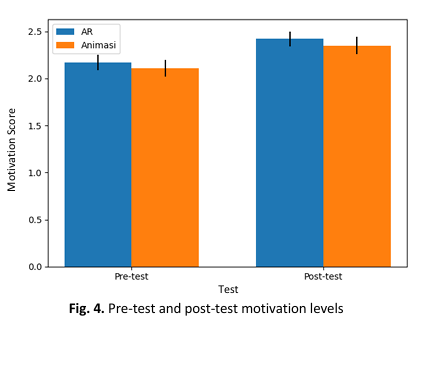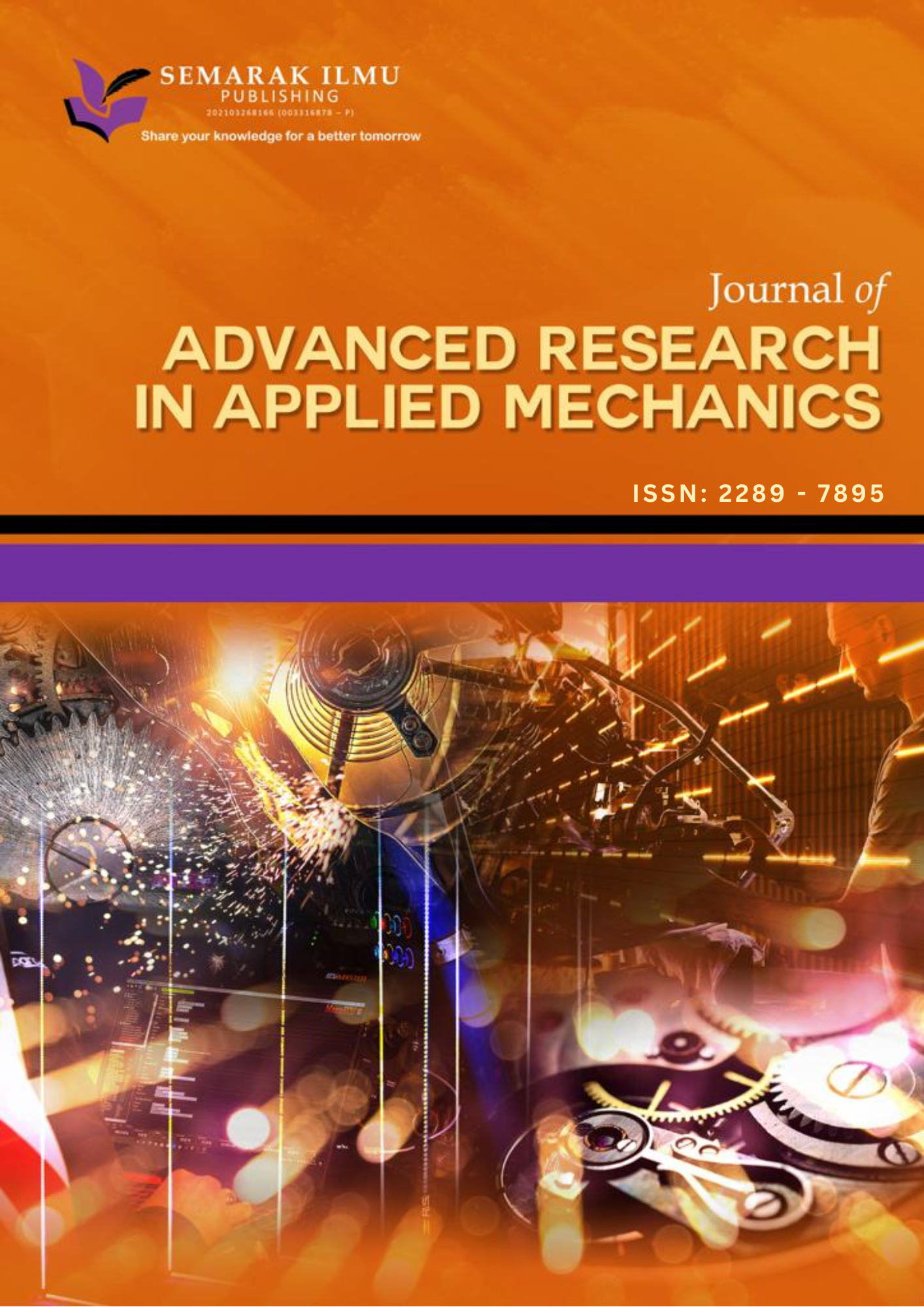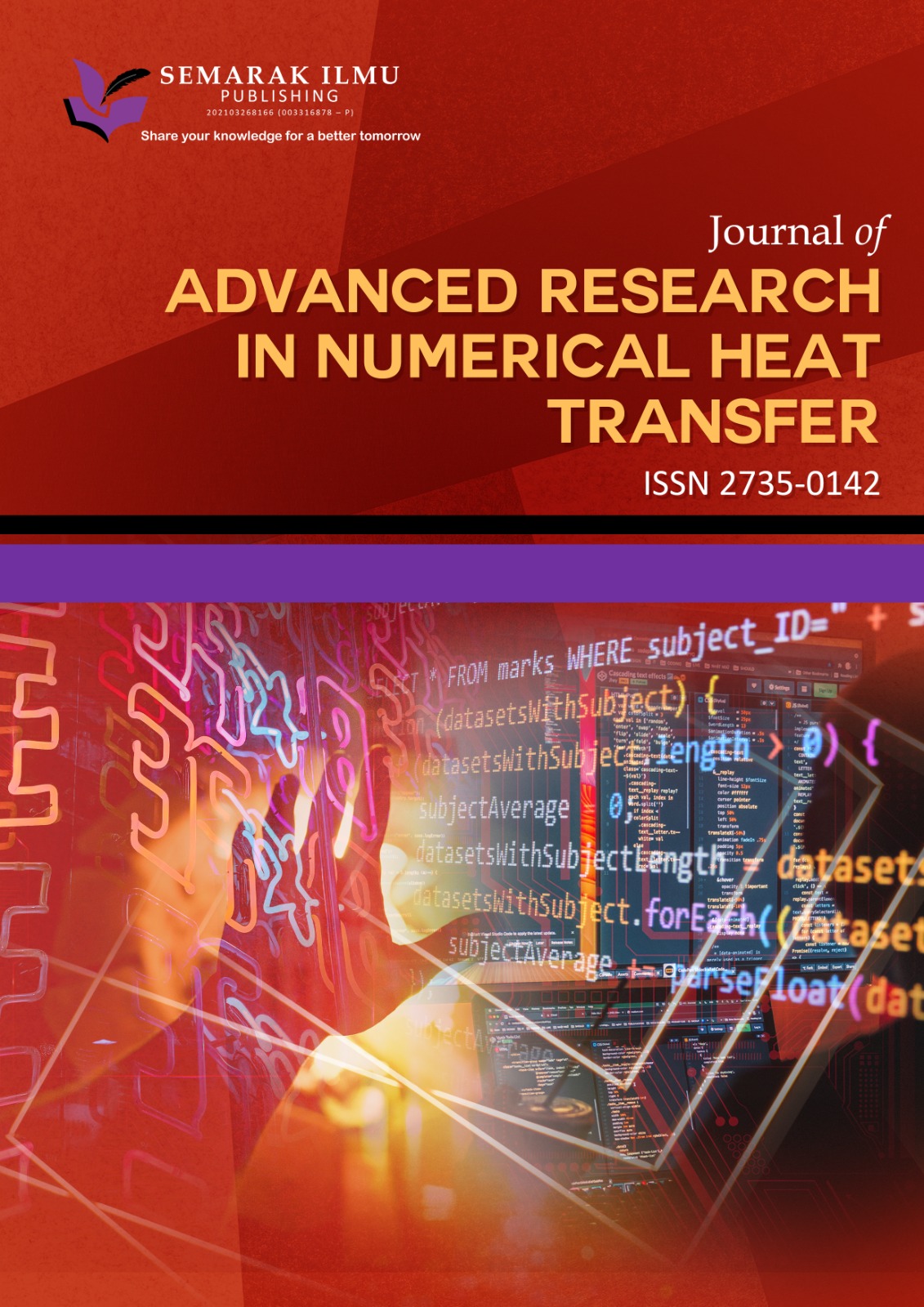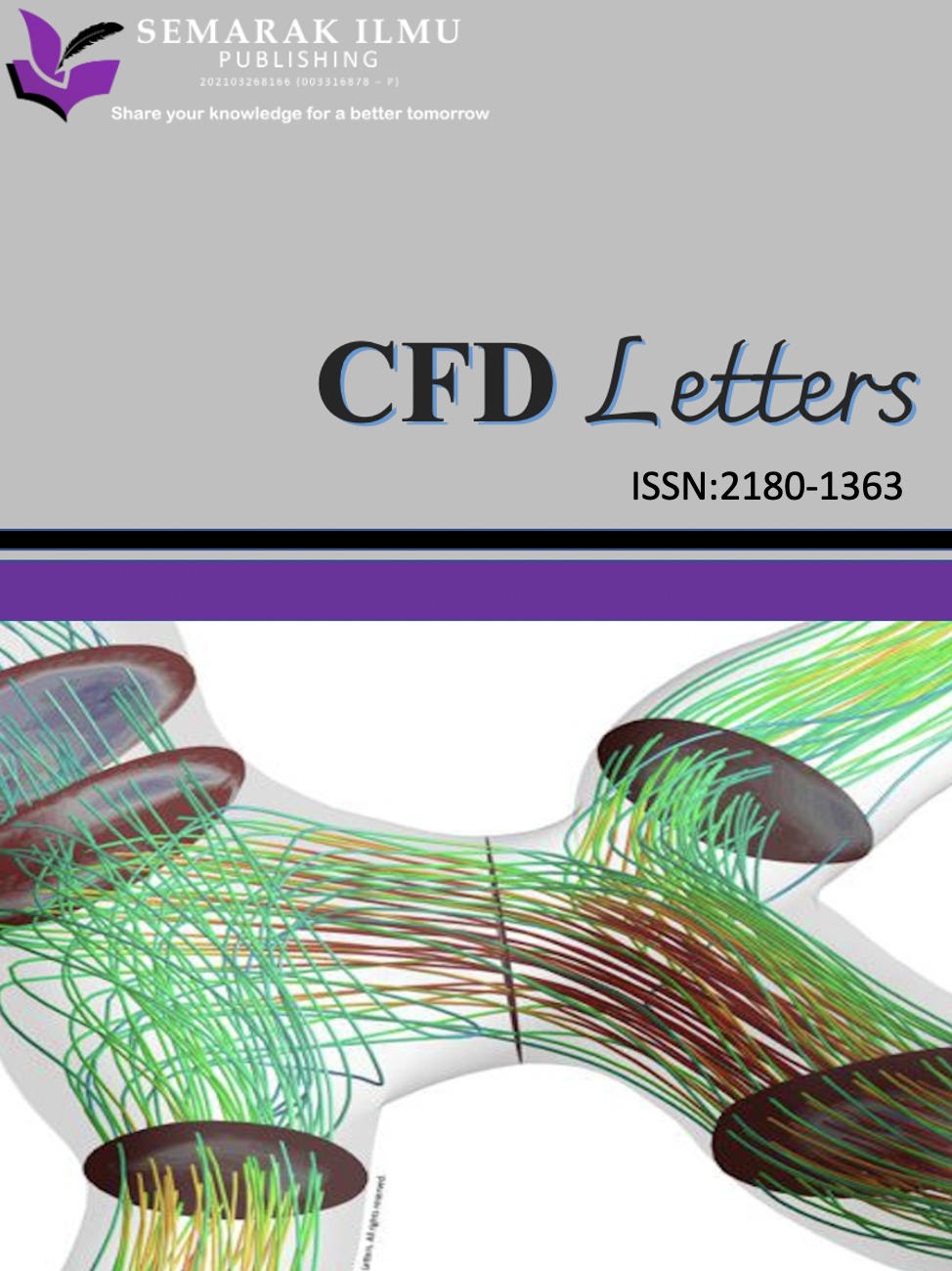Analysis of the Level of Engagement and Motivation for Early Childhood Sundanese Language Learning with Media Augmented Reality Based Learning
DOI:
https://doi.org/10.37934/ard.142.1.3650Keywords:
Augmented reality, Sundanese language, early childhood, engagement, motivationAbstract
Sundanese, as one of the largest regional languages in Indonesia, is facing challenges in maintaining its relevance among the younger generation in the digital era. Research indicates a decline in children's interest in learning Sundanese, which poses a threat to its preservation. This study aims to explore the effectiveness of Augmented Reality (AR)-based learning media in increasing engagement and motivation among early childhood children to learn Sundanese. Using a comparative experimental design with a mixed-method approach, this research involved 30 children aged 4–6 years at KB An Nur Muttaqin. Participants were divided into two groups: one using AR-based learning media and the other using animation videos. Data were collected through pre-tests and post-tests, pictorial Likert scales, structured observations, semi-structured interviews and participatory observation. Results revealed that the AR group showed a significant increase in engagement (mean difference of 3.8) compared to the control group (mean difference of 2.1), with p<0.001. Motivation also improved more significantly in the AR group (mean difference of 0.25) than in the animation group (mean difference of 0.23), with p<0.001. This study demonstrates the potential of AR technology in revitalizing Sundanese language education for young children. By enhancing engagement and motivation, AR provides an innovative approach to addressing the challenges of regional language preservation. This solution not only supports language learning but also ensures that Sundanese culture and heritage are passed on to future generations in the digital age.
Downloads























